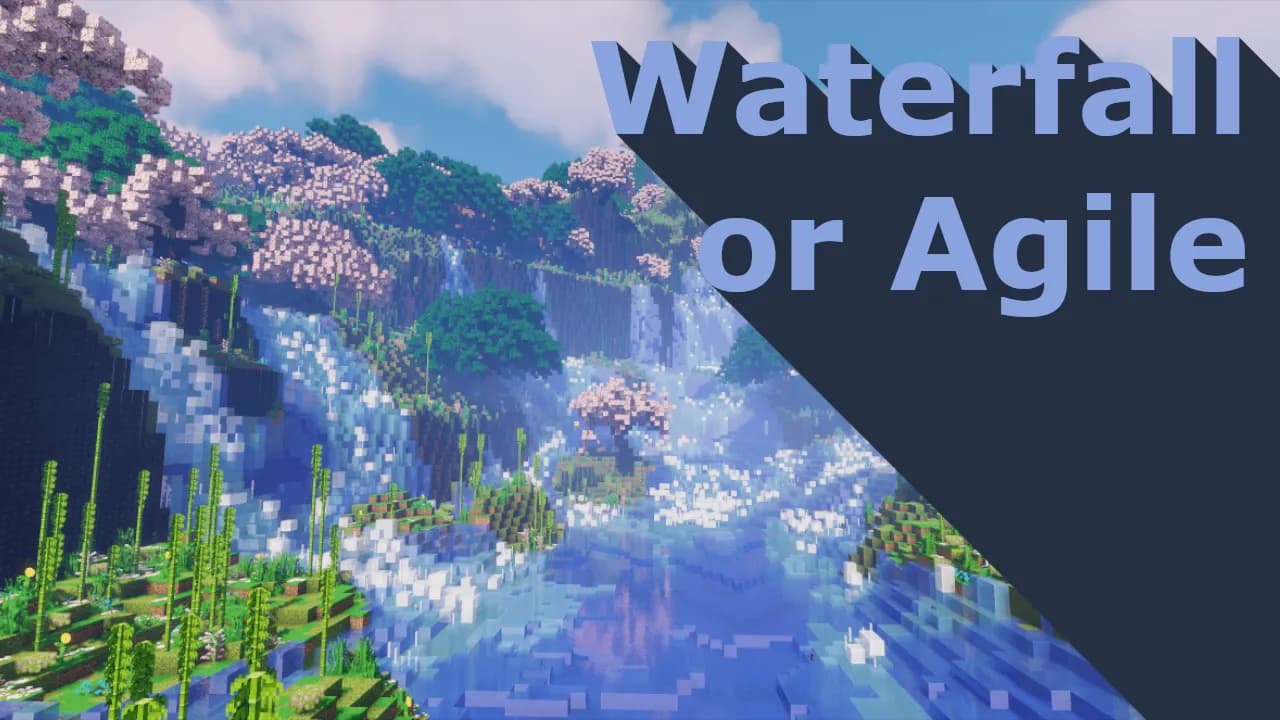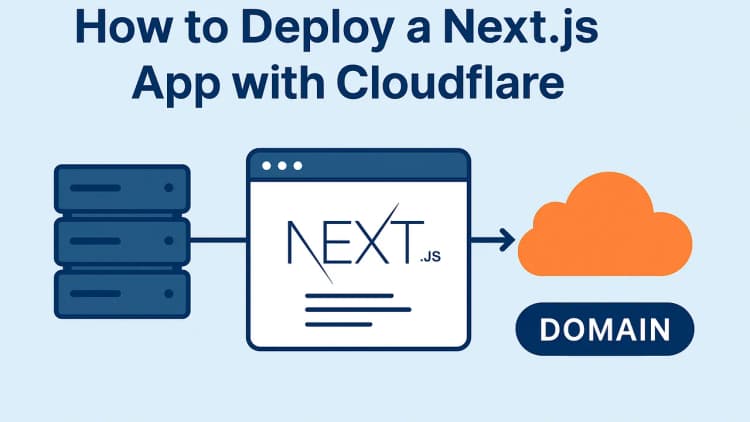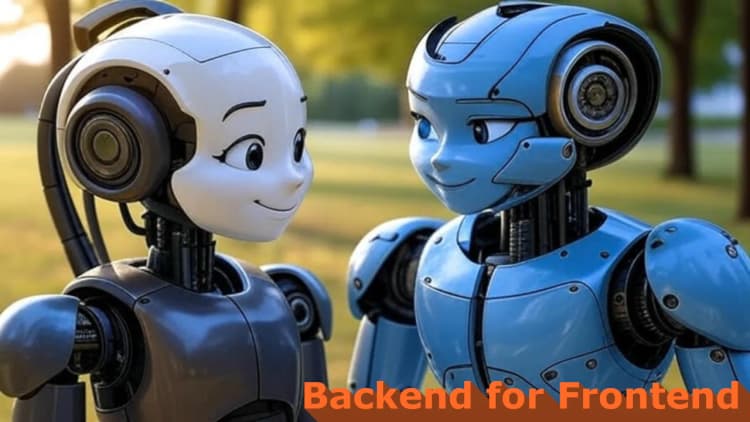Introduction: The Unexpected Success of Minecraft
Minecraft, one of the most successful games of all time, started as a small indie project by Markus “Notch” Persson in 2009. What made it unique wasn’t just its blocky aesthetics or sandbox gameplay—it was how the game evolved through continuous updates, fueled by community feedback. Unlike traditional game development, where a game is built in a closed environment and released as a finished product, Minecraft embraced an iterative approach.
Surprisingly, early versions of Minecraft were filled with bugs, unfinished features, and missing mechanics. For example:
- Players had cocoa beans but couldn’t farm them.
- Books existed, but crafting was impossible.
- Villagers roamed the world, yet there was no trading system.
- Severe server bugs caused players to see different environments at the same coordinates.
- Lighting and chunk loading issues persisted for years.
Yet despite all these flaws, Minecraft was fun. Players overlooked the technical imperfections because the core gameplay was engaging. The game sold millions of copies before it was even officially released in 2011, proving that an evolving, player-driven approach could lead to massive success.
This brings us to an important question: What if Minecraft had been developed using a traditional Waterfall methodology instead of an Agile approach? By exploring this, we can better understand the benefits and limitations of these two software development models and how they apply to modern digital products, including mobile applications.
Understanding Agile and Waterfall
Before diving into specifics, let’s define these two development approaches:
Waterfall Methodology
Waterfall is a linear and structured approach to software development. It follows a step-by-step process:
- Requirement Gathering – Define every feature and functionality before starting.
- Design – Create detailed architecture and UI/UX plans.
- Development – Build the entire system at once.
- Testing – Conduct thorough QA after the product is completed.
- Deployment – Release the final version.
- Maintenance – Address bugs and updates post-launch.
Agile Methodology
Agile follows an iterative and flexible approach, where development is broken into smaller cycles (sprints). The core principles include:
- Incremental Releases – Launch a Minimum Viable Product (MVP) early.
- Frequent Testing and Feedback – Continuously improve based on user input.
- Adaptability – Change direction as needed.
- Collaboration – Close communication between developers, designers, and stakeholders.
What If Minecraft Had Used Waterfall?
If Mojang had chosen the Waterfall method, the game’s development would have looked like this:
- A detailed roadmap defining every feature before coding.
- Years spent building a polished, complete version before any public release.
- No early access, meaning players couldn’t provide feedback.
- A high risk of failure due to potential misalignment with market demands.
With Waterfall, Minecraft might have taken 5-7 years to release, and by then, competitors could have overtaken the idea.
How Agile Made Minecraft a Billion-Dollar Success
Instead, Minecraft was built in an iterative way:
- The early Alpha version (2009) was released with basic mechanics.
- Player feedback shaped updates, leading to Beta (2010) and Full Release (2011).
- Features like crafting, trading, and enchanting were added gradually.
- Regular updates kept the game fresh and engaging, ensuring long-term success.
By adopting Agile principles, Minecraft became a player-driven, evolving product, generating billions in revenue.
What About Mobile Apps? Agile vs. Waterfall
For modern mobile app development, Agile is often the superior choice due to:
Advantages of Agile for Mobile Apps
- Faster Time to Market: Launch an MVP quickly and iterate based on user data.
- User-Centric Development: Adapt to changing user needs and preferences.
- Easier Monetization Testing: Experiment with different pricing, ads, and in-app purchases.
- Better Adaptability: Quickly respond to Google Play/App Store policy changes.
- Frequent Updates & Bug Fixes: Mobile apps need constant maintenance, which Agile supports.
When to Consider Waterfall for Mobile Apps
While Agile is ideal for most apps, Waterfall may work better when:
- Strict Compliance Requirements Exist: Apps for finance, healthcare, or legal industries may require detailed upfront documentation.
- A Fixed Budget and Timeline Are Essential: Some projects, especially government contracts, need defined scopes and costs.
- Hardware Integration Is Involved: If an app interacts with specialized hardware, Waterfall’s structured planning might be beneficial.
Best Practices: Choosing the Right Development Approach
If you’re unsure whether to go Agile or Waterfall, consider these factors:
| Factor | Best Approach |
|---|---|
| Fast launch needed? | Agile |
| Evolving user needs? | Agile |
| Strict deadlines & budgets? | Waterfall |
| Compliance-heavy industry? | Waterfall |
| Continuous updates required? | Agile |
Hybrid Approach: The Best of Both Worlds?
Some companies use a hybrid model, combining Waterfall’s structured planning for initial releases with Agile’s flexibility for post-launch updates. This can work well for:
- Building a strong foundation first (Waterfall for architecture, security, and compliance).
- Iterating features later (Agile for user experience improvements and A/B testing).
Conclusion: Agile Is the Future of Digital Product Development
For most mobile apps, games, and modern digital products, Agile is the best approach due to its speed, flexibility, and user-driven innovation. However, Waterfall still has its place in highly regulated and fixed-scope projects.
The key takeaway? Don’t get stuck on a single methodology. Instead, assess your product, audience, and business goals to choose the right mix that maximizes efficiency and success.
What are your thoughts? Have you experienced Agile or Waterfall in action? Let’s discuss in the comments below!
Album of the day:




